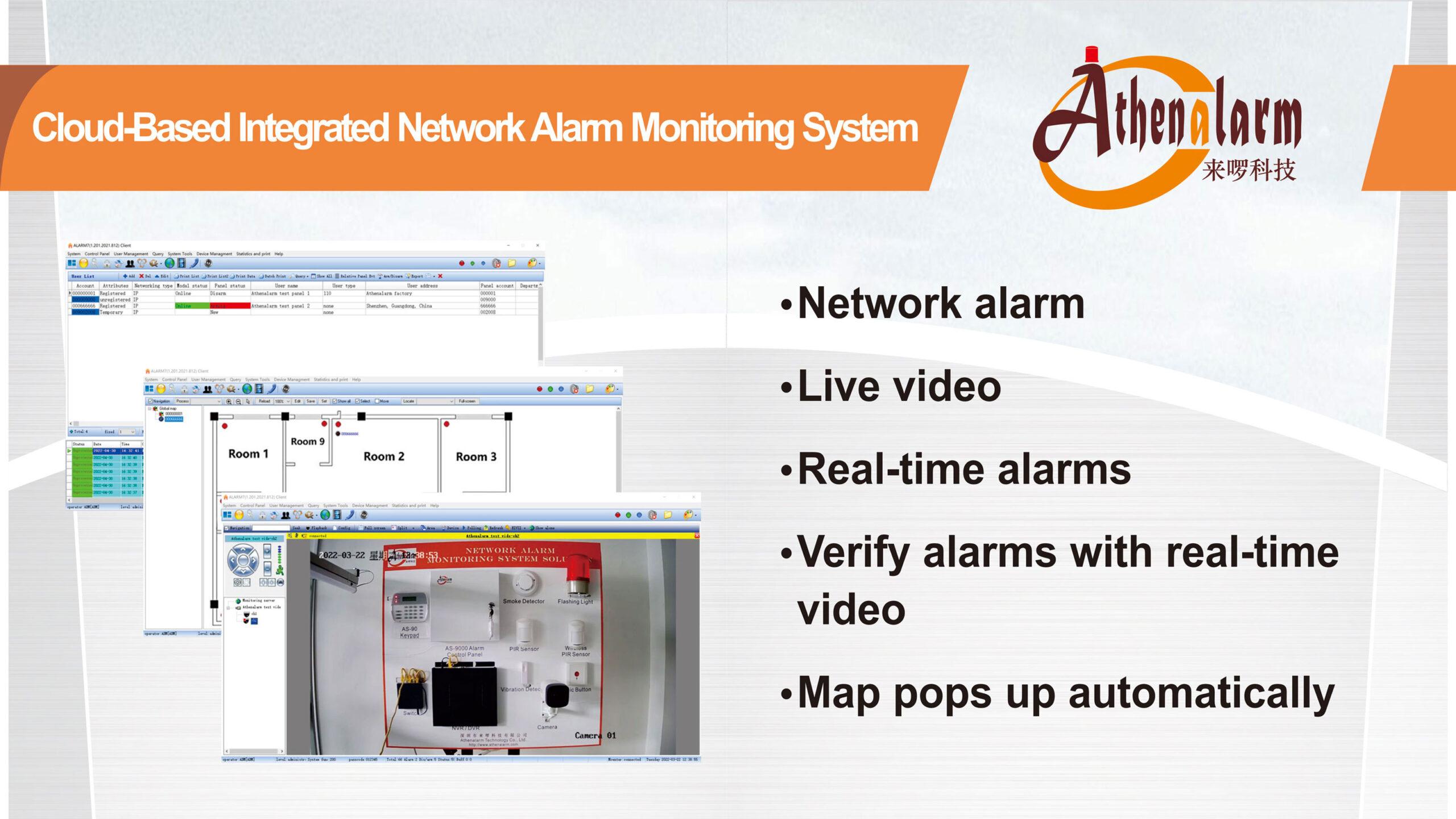



Classification, Working Principle, Current Situation, and Development Direction of Anti-theft alarm Control Panels
The implementation of anti-theft alarm system functions cannot be achieved by a single security product, it must rely on a complete set of security facilities to complete. The anti-theft alarm system mainly consists of three parts: anti-theft alarm control panel, front-end detector, and transmission equipment.
1 Classification of anti-theft alarm control panels
The anti-theft alarm control panels can be divided into: fixed line dial-up anti-theft alarm control panel, GSM mobile phone anti-theft alarm control panel, landline & mobile phone dual network anti-theft alarm control panel, on-site sound and light anti-theft alarm control panel, video monitoring anti-theft alarm control panel, perimeter anti-theft alarm control panel, etc.
2 Working principle of anti-theft alarm control panels
The anti-theft alarm control panel is mainly responsible for managing and receiving alarm signals from various alarm sensors, processing and storing them in a timely manner, outputting corresponding alarm sound and light signals, and transmitting specific alarm information through landline telephone, wired network, wireless network, etc. It plays an important role in processing, analyzing, and judging.
3 Current situation of anti-theft alarm control panels
With the prevalence of IP networks, the technology of anti-theft alarm systems is gradually evolving towards high-performance microcontrollers, large LCD display keypads, and computer interconnection (based on TCP/IP transmission technology). Many anti-theft alarm control panel manufacturers have also started using wired or wireless IP network networking methods. The TCP/IP alarm networking method has the advantages of flexible installation, convenient and fast operation, high stability and reliability, and has been favored by many users. TCP/IP anti-theft alarm systems are now commonly used in residential areas, and wireless network access is also commonly used in areas where residents have already renovated and are unable to install additional wiring.
Especially recently, anti-theft alarm control panels have made significant improvements in online programming, zone setting, wireless alarm, and other aspects. Users have basically adopted mixed alarm zones and online programming and zone setting through computers. The previous method of relying on alarm keypads for online programming and zone setting input is basically no longer exists.
4 Development direction of anti-theft alarm control panels
At present, the latest technology in the security industry includes the use of fully digital technology, both in the front-end and control equipment aspects. With the rapid development of technology, the anti-theft alarm system industry is gradually moving towards digitization and computer networking.
The design of the anti-theft alarm control panel adopts modular settings for the convenience of user secondary development. When the product leaves the factory, the manufacturer not only prepares the core components, but also reserves some interfaces. Most additional functions are achieved by adding different modules, such as network modules, GPRS modules, 4G modules, voice modules, home appliance control modules, etc. For example, by adding a home appliance control module to the anti-theft alarm control panel, the anti-theft alarm control panel can become a controller for smart homes. Users only need to control the switch of home appliances, lighting control, gas, garage door switch, etc. through the keypad, remote control, or phone.
In addition to being integrated with smart homes, the anti-theft alarm control panel also adds SMS and voice functions, with the main purpose of improving the reliability of the anti-theft alarm system. By using SMS alarm method, the anti-theft alarm control panel can receive alarm signals from anywhere, and the communication time is very short and the speed is fast. After adding a voice system, the anti-theft alarm control panel can also make phone calls for voice communication at any time, and can also monitor voice to more accurately grasp the situation at the alarm scene.
